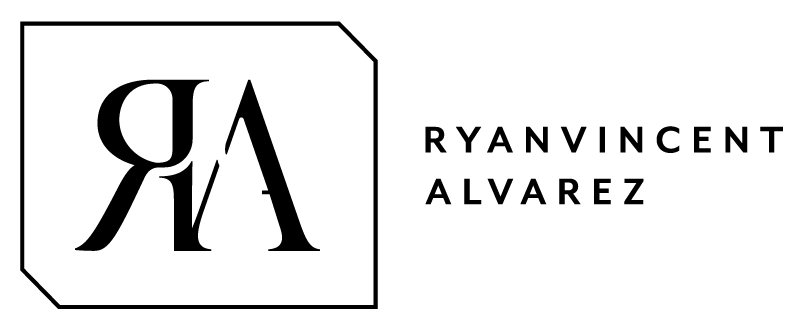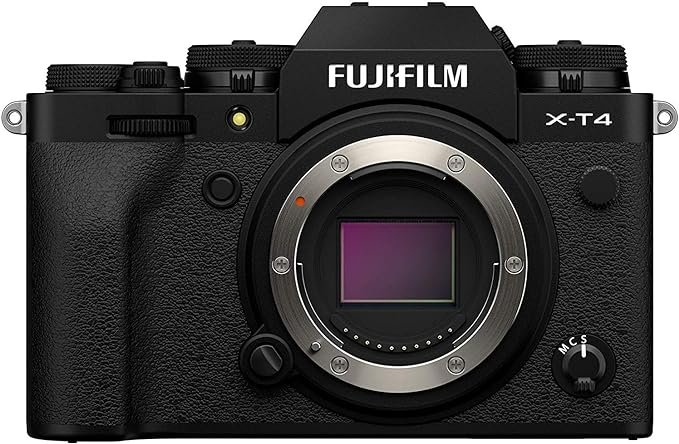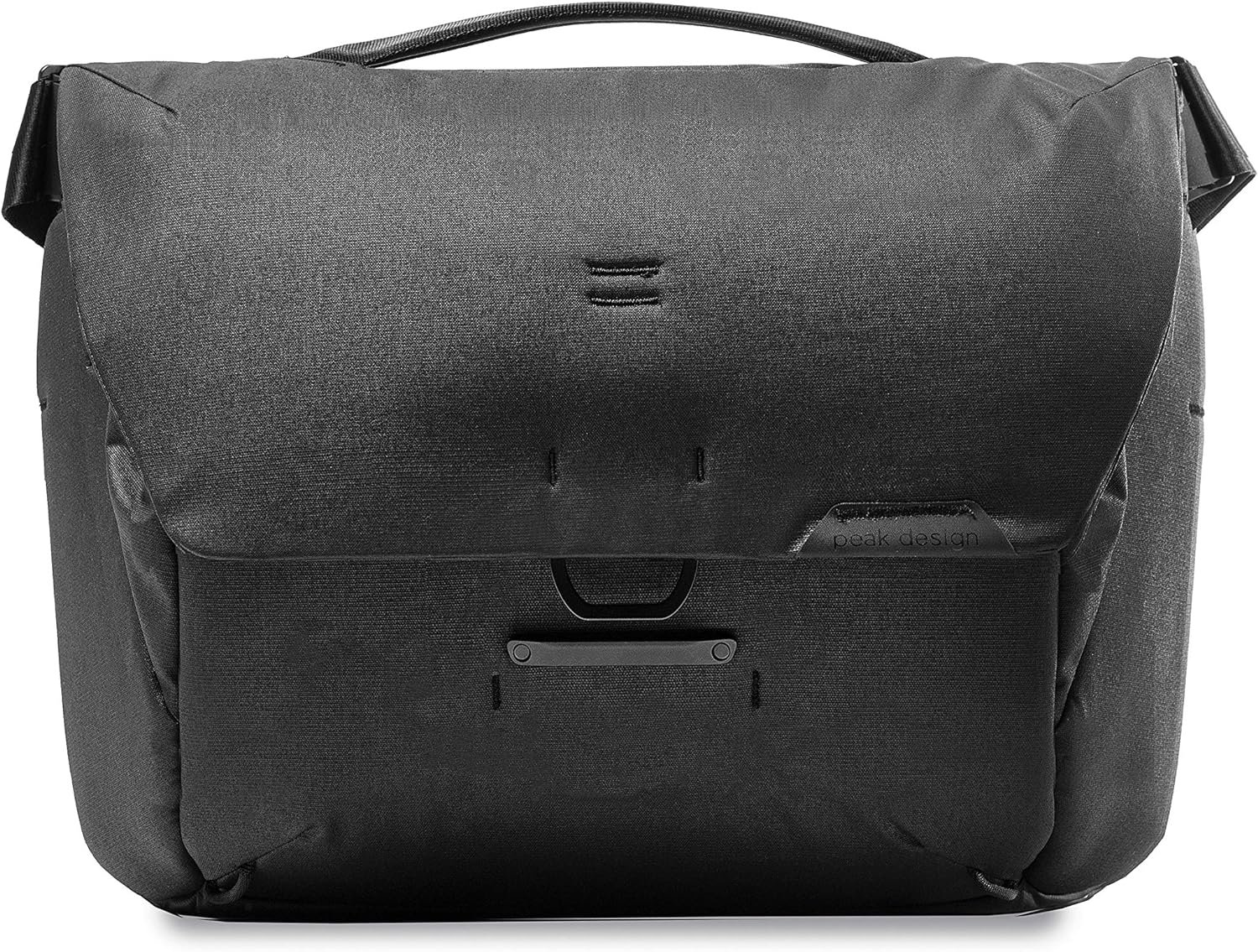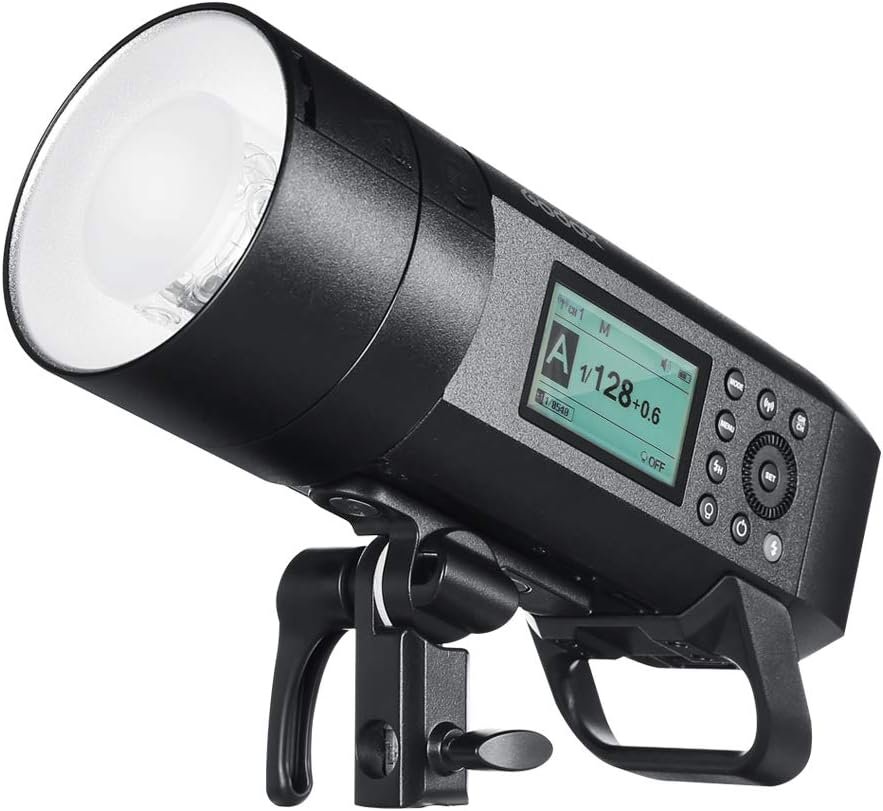My Gear List
What makes a photographer goes well beyond their gear. But the camera is the primary tool of the trade and what you use can impact the output of your work.
Here is all of the gear that I actively or have previously used in my work.
Interested in any of the equipment listed my page? As an Amazon Associate, I earn from qualifying purchases made through links on my website and your support is greatly appreciated ❤️
Camera Bodies
My main camera body for client sessions and events, this camera offers my the full image quality I require from my primary camera while providing me the ergonomics to switch between landscape and portrait orientations. This Fujifilm GFX100 camera is a total dream to create with.
I don’t consider this a “backup" body,” especially considering that the imagery produced is equivalent to my workhorse camera body. Based on the need/travel requirements, the Fujifilm GFX 100s allows me to harness the power of full-size GFX 100 in a more nimble form. This camera also holds my tele lens when dual-wielding during events.
When I’m traveling or more casually out taking pictures, the Fujifilm X-T4 is my choice. I actually picked this camera up while traveling in Atlanta because my full frame mirrorless DSLR at the time was too cumbersome to lug around so I stopped by a favorite camera store of mine and picked this up. It’s a crop sensor camera that delivers stellar image quality, packs IBIS, the classic retro vibe, all in a lighter body that’s a joy to pack.
Camera Lenses: GFX Series
For everything from environmental portraits, events, or when I’m uncertain about working distances, the Fujifilm GF32-64mm F4 is my go-to lens. This full frame lens equivalent of 25–51mm is perfect for my photography style: wide enough for context setting and groups without being an ultra-wide (not my style), to a standard focal length for everything else in-between.
The latest addition to my GFX kit also quickly became my most used lens: the GF 55mm F1.7 R WR. This focal length is a joy to use with its full frame equivalent of 44mm. I’m a huge fan of the 50mm focal length but at times found it a little limiting for my style of photography. With the GF 55mm F1.7, I get the benefit of being a little wider than a standard nifty-fifty, but with the added benefit of beautiful bokeh from the F1.7 aperture.
When I’m looking to render beautiful portraits in low-light environments or when I have a more limited working distance space, the GF 80mm F1.7 R WR is my lens of choice. It pairs beautifully with my wider lenses, and when dual wielding with the GF 55mm F1.7 R WR creates a phenomenal low-light duo. On the contrary, I do make sure to strategically choose this lens if I anticipate a slower photography flow given it’s focusing accuracy/speed isn’t conducive for fast-paced scenarios.
My holy grail of GFX portraiture: GF 110mm F2 R LM WR. Transitioning to Fujifilm medium format was heavily inspired by the handling and IQ produced from this beautiful piece of equipment. Not only is it fast and silent when autofocusing, it acquires focus very quickly, is near silent, and is very bright given it’s focal length. Equivalent 77mm in full frame, this lens provides me everything I love about a traditional 85mm focal length in terms composition and handling, but with the dreamy render made possible by the GFX bodies.
Camera Lenses: X Series
A must-have standard zoom lens for the Fujifilm X series cameras is the beautiful XF 16-55mm F2.8 R LM WR. Before deciding to go prime-only for my X series setup, this lens was my primary shooter. It has excellent build quality and renders wonderful images. If you prefer a standard zoom over primes, look no further than this lens.
The lens that’s primarily mated to my X-T4 is the XF 23mm F1.4 LM WR. With a full frame equivalent to 35mm, this lens is a stellar performer. The optics are stellar overall, has quick and silent autofocus thanks to the Linear Motor (LM), is designated weather resistant (WR), and is light enough for an all-day carry.
Being primarily a portrait photographer who prefers prime lenses, I went with the XF 50mm F1.0 R WR over the smaller and lighter, but more than capable XF 56mm F1.2 R WR. So why would I choose this beefier piece of kit? It’s simple really—character in images it renders. For my style of photography, this is the perfect XF “travel version” of my GFX equivalent lenses.
Camera Bags and Cases
Backpacks are such a subjective accessory, but what I love about the Peak Design 30L Everyday Backpack is how versatile it is. Not only is it great for on location shoots, it is a workhorse of a bag! I can easily carry a dual camera kit with me, or a single body and multi-lens setup with ease. It’s comfortable to use and I just love the entire Peak Design ecosystem. I can’t recommend this bag enough.
When I need a lighter carry, say a day trip or packing my lighter X series kit, the Peak Design Everyday Messenger 13L is my go-to bag. The kit itself is modular just like the 30L Everyday Backpack and it great for carrying my kit around with me in a lighter overall pack. I also love that it has all the functional pockets and slots that I love about the full-size bag in a more portable carry.
When I need to be as nimble as possible with my carry, I bring the Peak Design Everyday Sling 6L. Just like my Everyday Messenger 13 L, everything is modular. I can easily take my camera and a lens with my while also throwing in my essentials like a small notebook, extra batteries and storage, and keys/wallet in the secured compartments. It’s also a great bag to throw in my suitcase for a light day carry when exploring.
My primary hard case is the Pelican Vault v525. No matter the conditions, this case is ready to go. I use this size case to store my primary kit for a photoshoot day. The modular padding easily accommodates two large camera bodies, three lenses, a handful of batteries, and more. The best part about it? It’s super lightweight for being a hard case!
My lighting hard case is the Pelican Vault v700. No matter the conditions, this case is ready to go. I use this size case to store my strobe lights and lighting accessories. I can fit my Godox AD100, AD300, and AD400 and more. Whether I’m taking my lights with me or storing then in the office, this case is perfect.
The largest of my cases is the Pelican Vault v800. Finding balance between size and portability has been tough, but the v800 fits the bill perfect. I typically store my C Stands, Tripods, and umbrellas in this case. Having the casters on here also helps with the portability around the house and/or on-location.
Lighting
Rotolight is a more recent player in the world of off-camera flash, but this Rotolight AEOS 2 is no slouch. When I’m looking for a simple single-light setup that easily flexes form photo to video, this light is hybrid photography dream. I especially love it for on-location sessions where I don’t what to lug around additional light modifiers when I’m flying solo.
Coming in about the size of a soda can, the Godox AD100 Pro is a joy to use. It’s a light and powerful flash that comes in a small form factor. Godox also has several magnetic accessories and modifiers that really make this a one-size fits most solution.
A great primary or secondary flash unit is the Godox AD300 Pro. This flash unit is small but oh so very mighty when it comes to photoshoots where I need to pack light. The Godox family of flashes also have a wonderful proprietary modifier mount which also makes for very streamlined modifiers.
My primary powerhouse flash unit is the Godox AD400 Pro. I love how powerful this flash unit is for portraiture—both indoor and outdoor. When available, I also opt to use the AC400 AC Power Adapter which allows me to focus on photography session without worry of running out of juice.
My main on-camera flash unit is the Godox V1, a round-head strobe for more circular light distribution. It’s a light and powerful flash that comes in a small form factor and battery life that won’t quit. Godox also has several magnetic accessories and modifiers that really make this a one-size fits most solution.
To control all of my strobe flash units, I use the Godox XPro-F wireless trigger. This Fujifilm variant work perfectly across all of my camera bodies while being so simple to setup and use. It’s bright screen also makes it easy to manage all of my individual strobe/group settings in every type of environment.
Sekonic is a household name when it comes to light meter technology. The Sekonic L-858D-U Light Meter is a powerful must-have tool for professional photographers or anyone working to master light. For my personal kit, I use the Godox transmitter module which affords me full control of all of my strobe units directly from the light meter itself!
Accessories
To say I love the Peak Design Slide camera strap is a complete understatement. I own three of these (yes, three!) and they are absolutely worth it. They are a breeze to adjust, comfortable to wear, and extremely easy to remove when not in use. Since they mount with the lovely Peak Design Anchors, they are so easily to mix-and-match with my camera bodies.
In addition to the Peak Design Slide, I enjoy switching over to using the Peak Design Clutch. Especially when using a heavier camera and lens combo, this hand strap is a great way to offset the added weight on my wrist. It leverages the same easy-to-install Peak Design Anchors which makes it so easy to keep on hand, but it’s small enough to not be a burden.
You can never have enough when it comes to carrying Peak Design Anchors. These universal tools are what make all of my Peak Design accessories a joy to use. They are also very cost efficient to purchase, so keeping back-up pairs on me come with peace-of-mind when it comes the investment in them. And did I mention they’re durable? In the over 8 years I got my first set with an accessory I’ve never had one break on me.
Memory cards are ubiquitous these days as they are the primary storage mechanism for many digital devices. Of all the available brands, I’ve really enjoyed the PNY EliteX-Pro90 for their cost-to-performance ratio. Since I primarily photograph on medium format, I personally use 256GB cards, but nowadays you can get away with using a 128GB cards and rarely have to worry about running out of space on your camera.
When you’re on the go as a photographer, sometimes making some quick edits on your mobile device are a must before posting and/or sharing your work immediately. That’s why I always keep the Apple SD Card Reader in my bag. It comes in both USB C and Lightning connector versions based on what device you’re using. There are several third-party available on the market, but when it comes to handling photoshoot images, I personally don’t like risking failure.
Just like SD cards, filters are also ubiquitous in the photography industry. My UV filter of choice is the B+W Master UV MRC Nano series. Not only does it have a slim and non-intrusive profile, I have never observed any impact to the quality of my final images.
Alternative Gear
Not looking for an interchangeable lens camera, but want a suite of features to take your photography up a notch? Here are a couple recommendations from my past experience with two other reputable brands that I admire.
Interested in any of the equipment listed my page? As an Amazon Associate, I earn from qualifying purchases made through links on my website and your support is greatly appreciated ❤️
Non-Fujifilm Cameras
My very first digital camera was a Sony Cyber-Shot, and their technology has progressed in such amazing ways over the last decade. Their latest Cyber-Shot RX10 IV is a stellar zoom camera that offers amazing image quality. For those of you that like the DSLR form factor but want a single piece solution, this is an excellent premium camera with a 24-600mm range. Also, don’t forget to pick-up a spare battery or two.
My UV filter of choice for the Sony Cyber-Shot is the B+W Master UV MRC Nano series. Not only does it have a slim and non-intrusive profile, I have never observed any impact to the quality of my final images.
A great lower-cost alternative to the Sony is the Panasonic LUMIX FZ1000 II. I’ve always been a fan of the Lumix super zooms prior to transitioning to professional gear. Not only are the ergonomics wonderful, I think the image quality is top-notch within its price range. Oh, and did I mention that it leverages Leica glass for its lens? Also, don’t forget to pick-up a spare battery or two.
My UV filter of choice for the Lumix is the B+W Master UV MRC Nano series. Not only does it have a slim and non-intrusive profile, I have never observed any impact to the quality of my final images.
Accessories for Non-Fujifilm Cameras
The younger sibling to the awesome Peak Design Slide camera strap is called the Peak Design Leash camera strap. With the smaller bridge camera bodies, this thinner camera strap pairs more evenly with the camera body while providing all of the same benefits of it’s larger variant. They are a breeze to adjust, comfortable to wear, and extremely easy to remove when not in use. This also mounts with the lovely Peak Design Anchors.
Memory cards are ubiquitous these days as they are the primary storage mechanism for many digital devices. Of all the available brands, I’ve really enjoyed the PNY EliteX-Pro90 for their cost-to-performance ratio. These 20 megapixel cameras will feel right at home with the 128GB card.
It made be the smallest in the collection, but the Peak Design Everyday Sling 3L is no slouch. It offers all the benefits of its larger variants in a smaller size. You’ll still enjoy the flexfold divider system that makes this bag as modular as you like and the quick-pull adjust shoulder strap which is a staple of the Peak Design merchandise family.


































